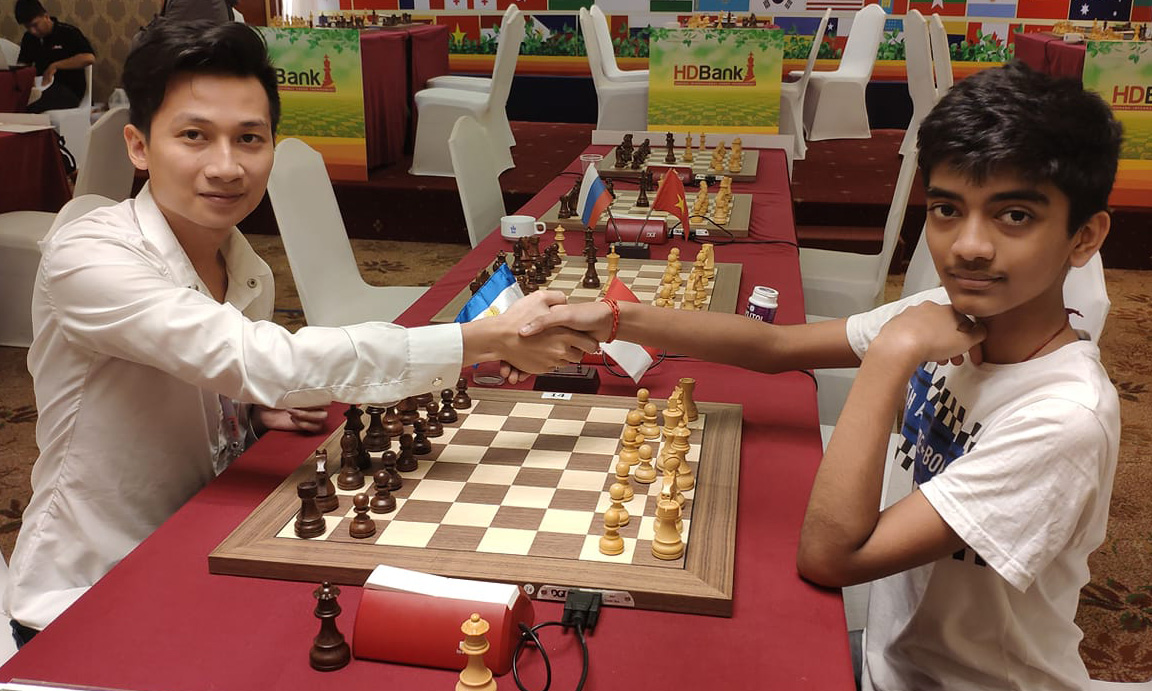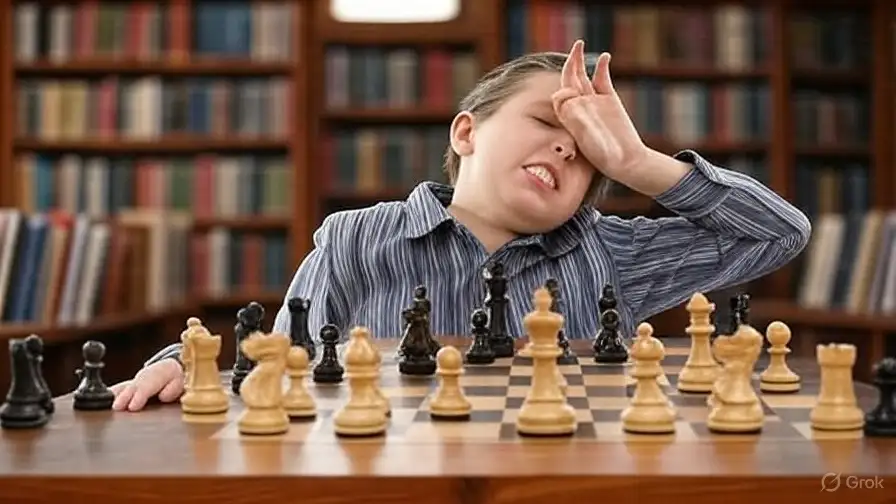If you’ve ever played a serious chess game, you’ve probably heard someone say, “You touched it—you have to move it!” That’s not just playground talk. It’s one of the oldest and most important rules in chess: the touch-move rule. And right beside it stands another fundamental concept—the illegal move. Both rules ensure fair play and discipline at every level, from casual games to the World Championship.
Let’s break down what they mean, how they work, and what happens when you break them.
What Is an Illegal Move?
An illegal move is any move that violates the basic rules of chess. This includes:
- Moving a piece in a way it’s not allowed (for example, moving a bishop like a rook).
- Leaving your king in check or moving into check.
- Making a move when it’s not your turn.
- Castling through or out of check.
- Promoting a pawn incorrectly (for example, not replacing it with a new piece right away).
In short: if a move couldn’t legally happen in chess, it’s illegal.
Example 1:
You’re playing white. Your king is on e1, and your rook is on h1. You decide to castle kingside—but your opponent’s bishop is attacking f1. That means your king would move through a square that’s under attack. The move is illegal.
Example 2:
Your opponent plays Qh5+, giving check. You respond by ignoring it and playing e5. That’s also illegal, because your king is still in check.
In casual games, players might simply “take back” an illegal move. But in tournament chess, the penalties are strict.
What Happens After an Illegal Move
According to FIDE Laws of Chess, if an illegal move is noticed, the position must be corrected and the player must make a legal move with the same piece, if possible.
- First illegal move: Your opponent gets two extra minutes added to their clock.
- Second illegal move: You lose the game.
So, even a small mistake—like touching the wrong square while playing fast—can cost you dearly.
In online chess, illegal moves are impossible because the software won’t allow them. But in over-the-board (OTB) play, accuracy matters. Your hand is as important as your mind.
The Touch-Move Rule
Now let’s talk about the famous touch-move rule, which often causes tension across the board.
The rule says:
“If a player deliberately touches one of their own pieces on the board, they must move that piece if it has a legal move.
If a player deliberately touches one of their opponent’s pieces, they must capture it if possible.”
That’s it. Simple, but powerful.
The key word is deliberately. Brushing a piece accidentally doesn’t count. But once your intention is clear, you must follow through.
Example 3:
You’re considering moving your knight. You touch it, lift it slightly, then realize it would be a blunder. Too late. You must move that knight, if it can move legally.
Example 4:
You touch your opponent’s pawn, planning to capture it, but then see another idea. Sorry—you’re committed. You must take that pawn if the capture is legal.
This rule exists to stop players from testing moves physically (“what if I move this piece here?”) and to keep the game fair and professional.
What About Adjusting Pieces? (“J’adoube”)
Sometimes, pieces aren’t perfectly centered on their squares. You may want to fix that. To do it safely, say “j’adoube” (pronounced zhah-doob), which is French for “I adjust.”
If you say it before touching the piece, you’re declaring that you only intend to straighten it, not to move it.
Example 5:
You notice your rook is tilted. You say “j’adoube,” adjust it, and let go. No problem. The game continues.
If you forget to say “j’adoube” and touch your rook, your opponent can insist that you move it. That’s why many players, even in casual games, use this phrase automatically.
Common Situations and Misunderstandings
1. Accidentally knocking over a piece
If your sleeve bumps a piece or your hand slips, that’s not a violation—as long as it’s clear it was unintentional. Just fix it calmly and continue.
2. Saying “I was just thinking”
Once you’ve touched a piece with clear intent, “thinking” isn’t an excuse. You must move it.
3. Blitz or bullet games
In fast games, these rules still apply, but players often argue less and focus more on flagging (running out of time). However, an illegal move still loses the game if noticed before the next move is made.
A Famous Example: When the Touch-Move Rule Met True Sportsmanship
One of the most famous moments involving the touch-move rule came during the 2011 FIDE World Cup in Khanty-Mansiysk, Russia. Grandmaster David Navara was playing against Alexander Moiseenko in a tense knockout match. At one point, Navara accidentally touched his king while intending to move his bishop. Under the rule, he would have been forced to move the king—a move that would have ruined his position completely.
Realizing the contact was accidental, Moiseenko showed remarkable understanding. He said “J’adoube” (“I adjust”), allowing Navara to continue without penalty. Navara later went on to reach a winning position—but instead of claiming victory, he offered Moiseenko a draw, saying he didn’t want to win under unfair circumstances.
The gesture earned both players the FIDE Fair Play Prize and became a lasting symbol of ethics in chess. It’s a reminder that following the rules is essential—but respecting your opponent’s intent matters just as much.
Why These Rules Matter
At first, these rules might sound harsh. But they’re essential for discipline and integrity in chess. They teach players to:
- Think before acting.
- Respect the opponent and the game.
- Maintain fairness and order.
Chess rewards not only calculation but also control. Your mind and your hand must work as one.

I’m Xuan Binh, the founder of Attacking Chess, and the Deputy Head of Communications at the Vietnam Chess Federation (VCF). My chess.com and lichess rating is above 2300. Send me a challenge or message via Lichess. Follow me on Twitter (X) or Facebook.

